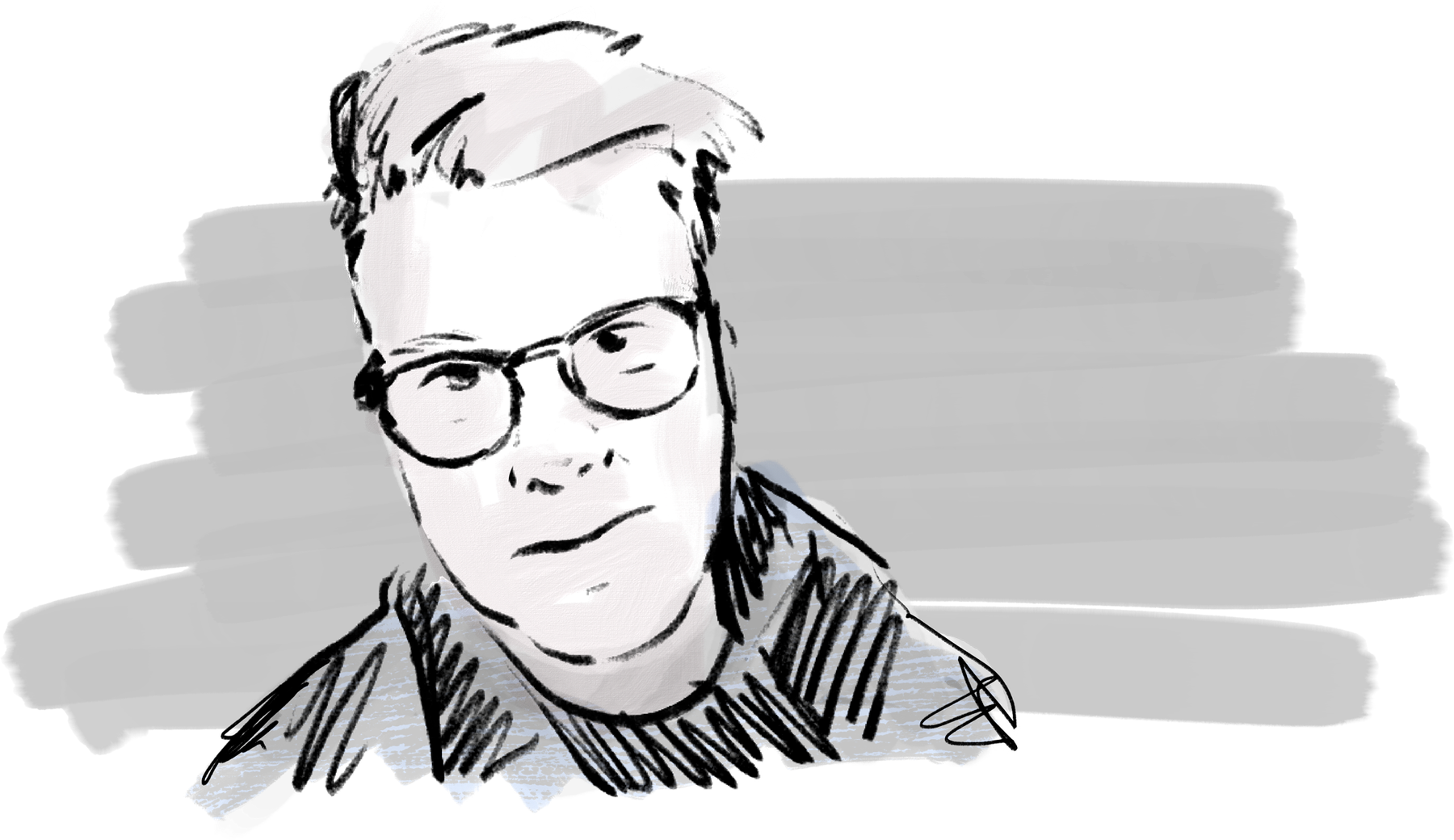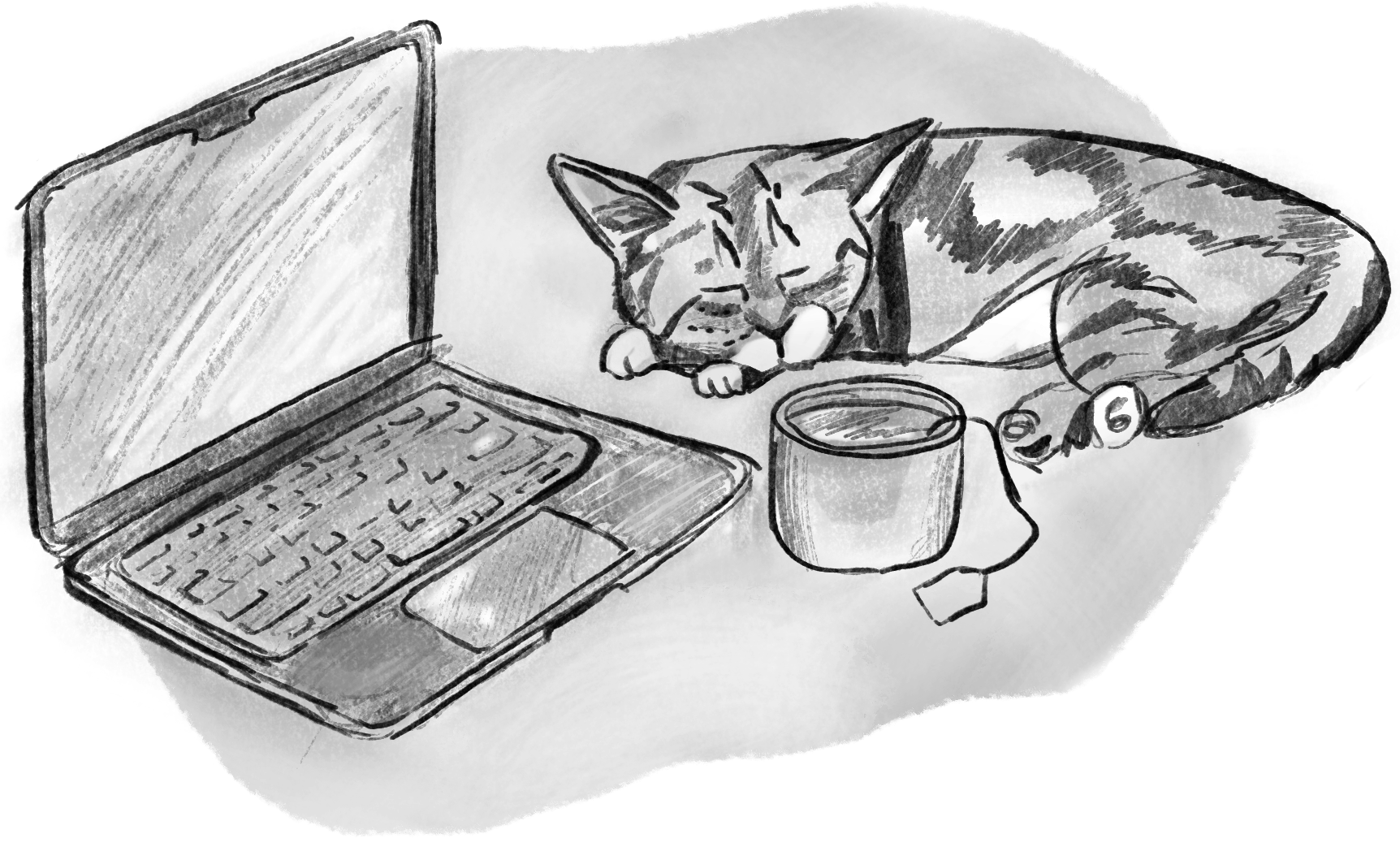

We were doing creative campaigns for big names like Maybelline NY and Pizza Hut, and like any agency worth its salt, we needed to track time. So I did what any self-respecting web developer would do - I built our own system. It was super rough around the edges, running on PHP that essentially just updated a CSV file, but it did the job - projects completed, clients billed. Sorted!
That little in-house time tracker was the first glimpse of what would eventually become TallyHo.
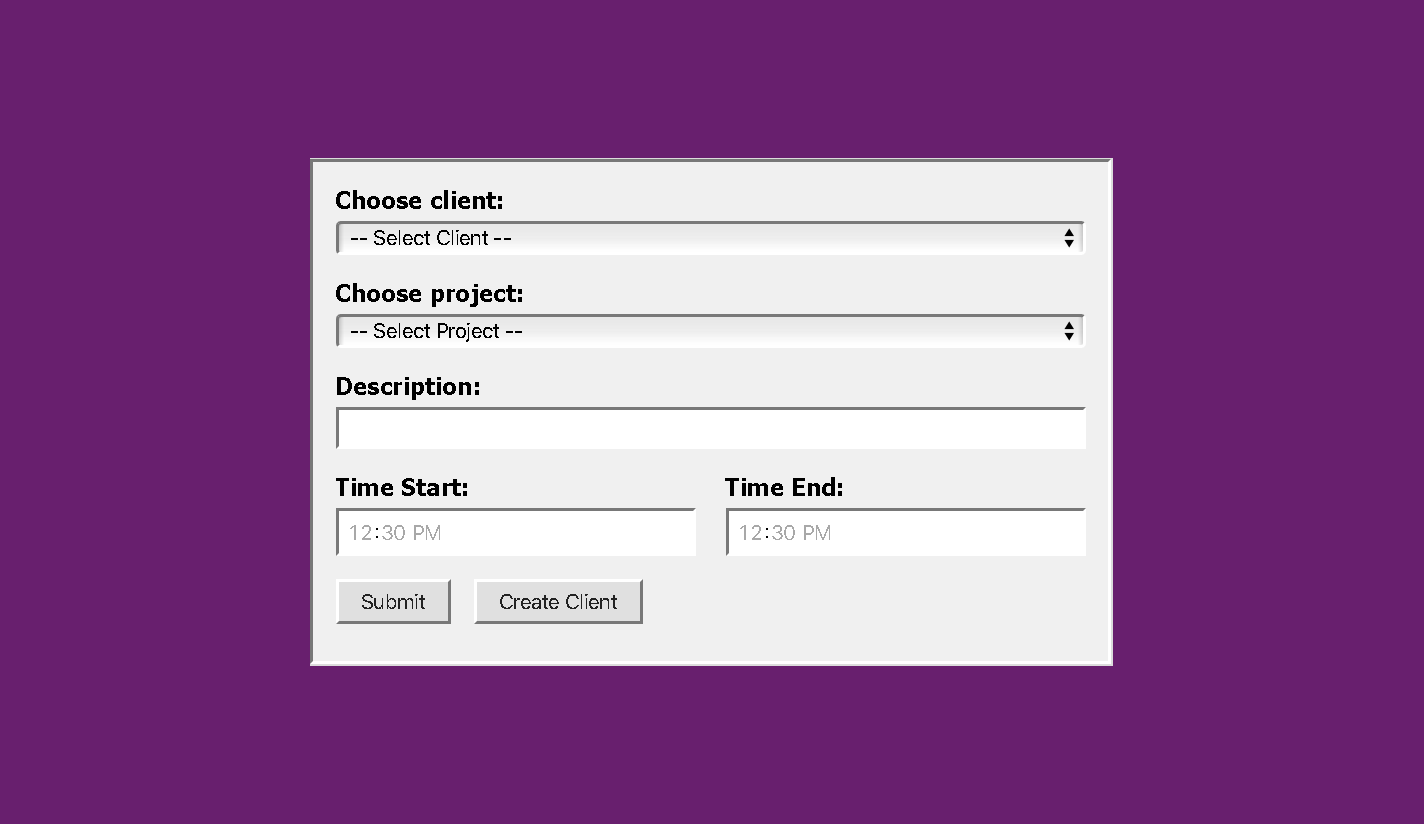
They Say: Build to Cure Your Own Pain Point
Fast forward a few years, and I’d gone solo - moving from quiet little ol’ Auckland, New Zealand to the sprawling non-stop metropolis of Taipei, Taiwan. Suddenly I was back to square one with time tracking. You’d think after building one system, I’d just recreate it for myself, but no - I went down the rabbit hole of trying everything else first.
Pen and paper? Too easy to lose. Spreadsheets and Note-taking apps were close, but it was easy to lose track of what actually needed invoicing. Purpose-built time tracking apps? Here’s where it got a bit frustrating. It’s not like they lacked features - some had more bells and whistles than a carnival. They just felt heavy. Like using a sledgehammer to crack a nut.
All I wanted was something dead simple: log blocks of time as I worked, then when invoicing time rolled around, have it all there ready to go. My workflow was straightforward - do the work, log the time, generate timesheets for whatever invoicing system I was using (these days that’s Hnry).
But app after app seemed designed for teams, or project managers, or people who wanted to track every mouse click and keystroke. Some would automatically log what applications I was using (great, but what about client meetings or sketching ideas on paper?). Others bundled in quotes, invoicing, project management - the whole kitchen sink. I just wanted to remember what I’d worked on last Tuesday when it was time to send an invoice.
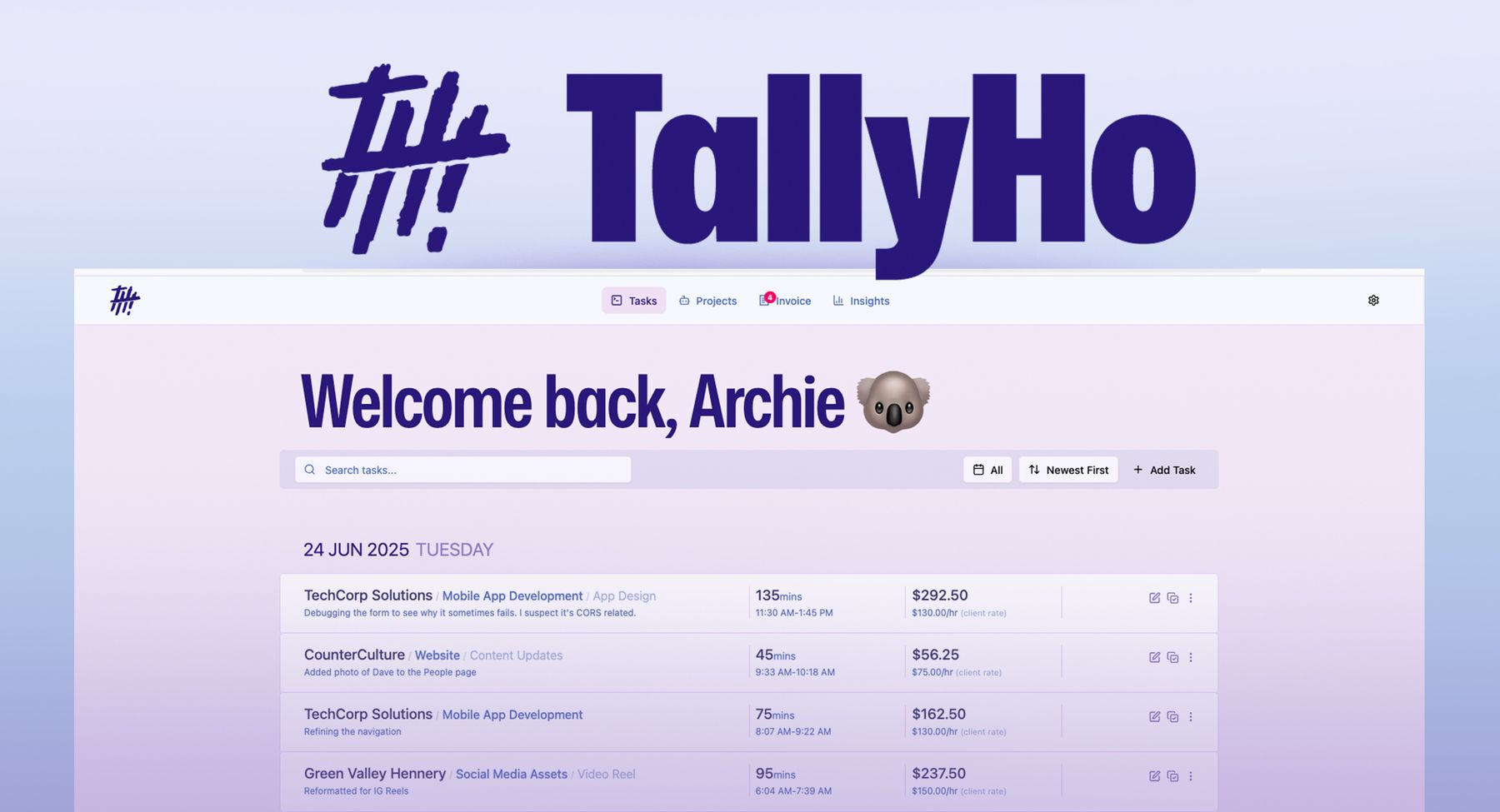
Sometimes the Long Way Round is the Right Way
So after years of jumping between different solutions I finally got fed up and in August 2019 I started building my own again.
The goal was simple: make time tracking so frictionless that there’d be no excuse not to do it. No complex setup, no learning curve, just natural language entry and smart organization.
While TallyHo has been “25 years in the making,” I like to think it’s stayed true to those core goals rather than becoming some oversized beast of an app. It does one thing really well - helps you remember what work you did so you can get paid for it.
Behind the Name
I wanted something that evoked the simple act of tallying time, and captured that sense of “right, let’s get this sorted”. The name hit me when I was listening to the brilliant New Zealand band The Clean and their song Tally Ho! That was it!
The Real Test
Since early 2020 I’ve been using TallyHo almost daily, way longer than I’ve stuck with any other time tracking solution. It’s become such a natural part of my workflow that I barely think about it, which is exactly how it should be.
But that original version was a bit rough around the edges and required some technical know-how to set up. So I’ve completely rebuilt and redesigned TallyHo from the ground up - modern tech, hosted and ready to go, no technical setup required. Same “simple by design” philosophy, but with five years of daily use informing every decision.
The best tool is often the one you forget you’re using. Why not give TallyHo a go?
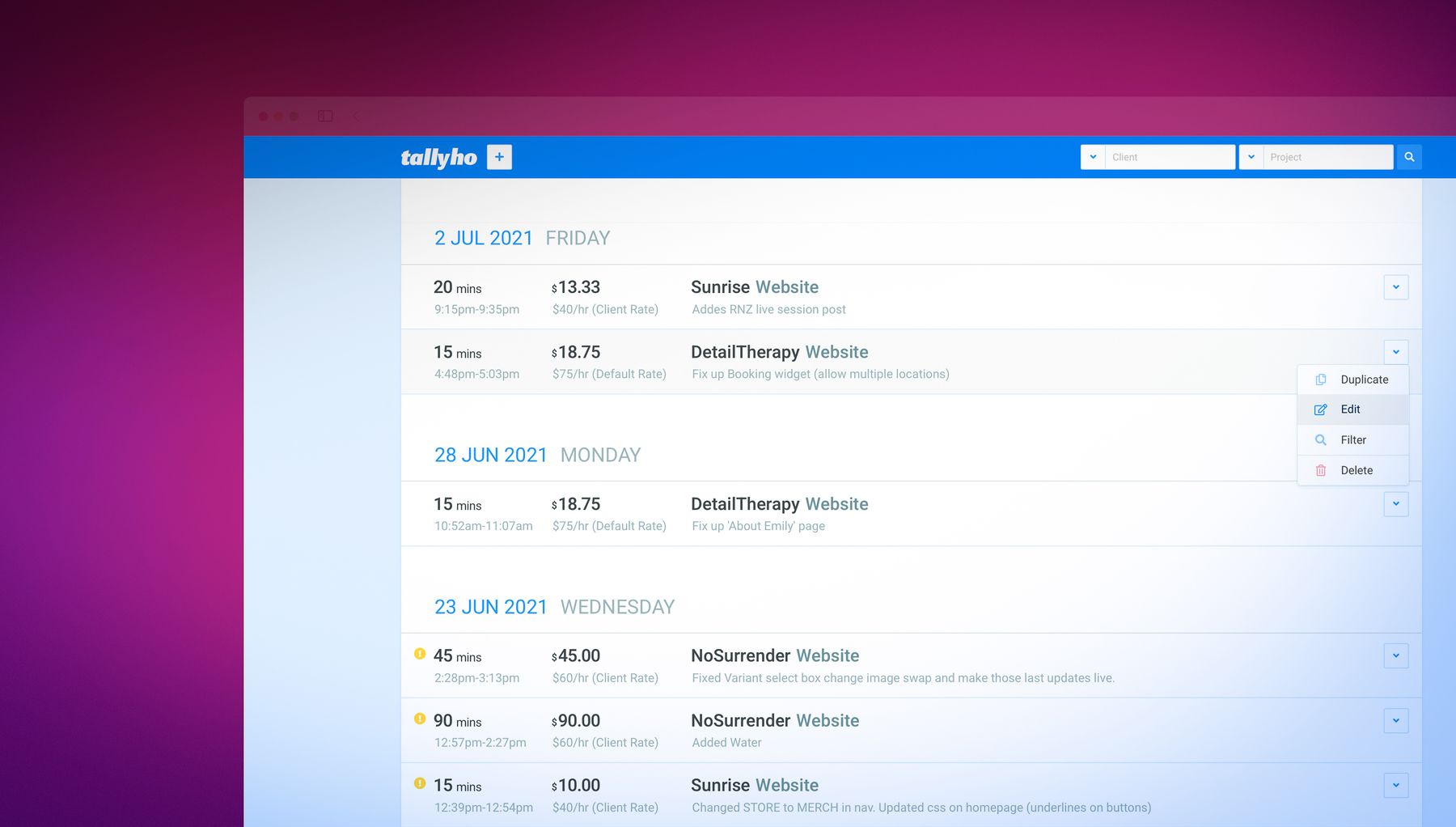
TallyHo’s open-source era (2020–2024, RIP) was the MVP that grew into the great platform we have now.
Steve Leggat is an indie designer/developer who’s been freelancing since 1996. He runs Front&Back and created TallyHo to solve his own time logging problems. Steve lives in Tāmaki Makaurau with his wife, daughter and cat.
